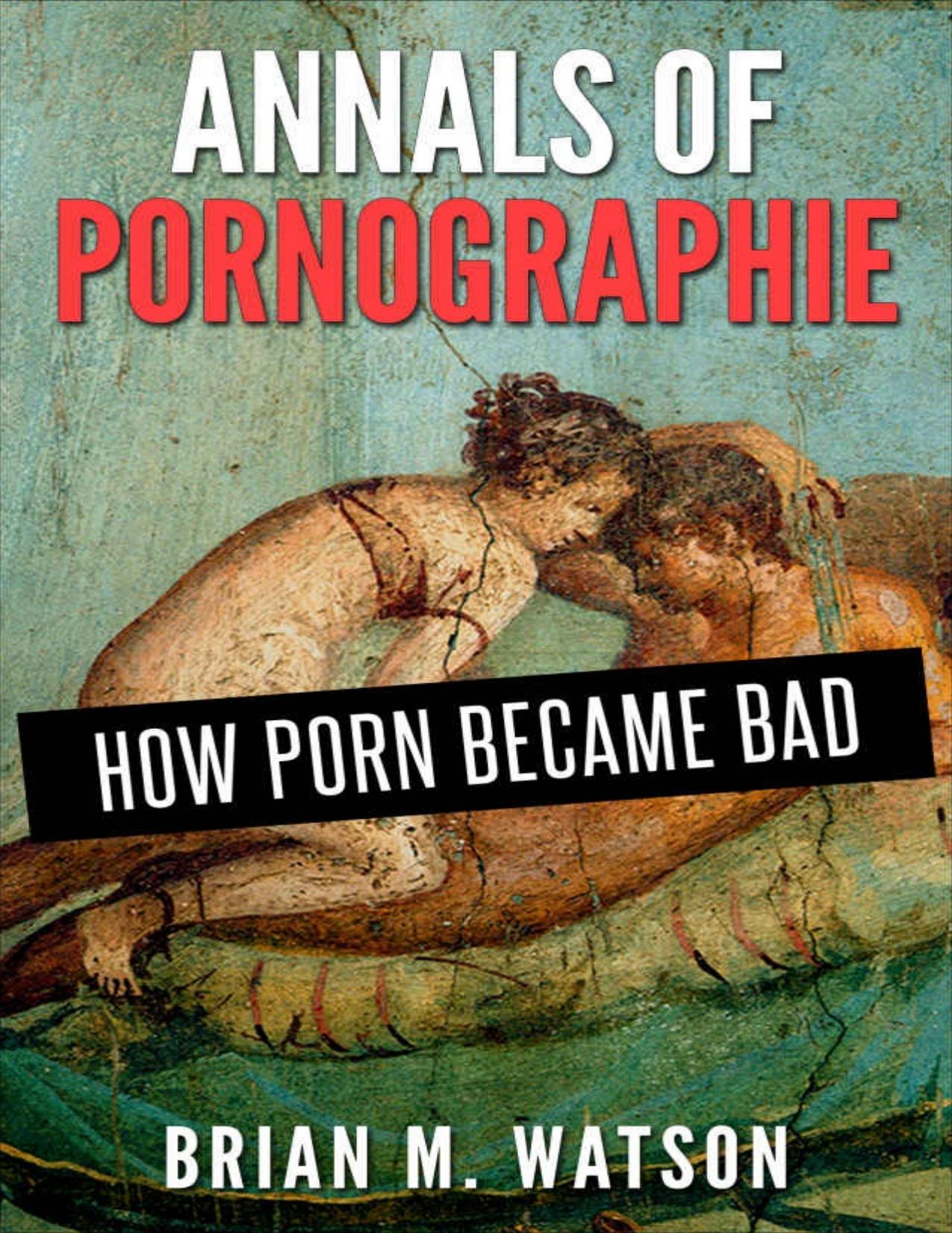Annals of Pornographie: How Porn Became Bad by Brian M. Watson

Author:Brian M. Watson [Watson, Brian M.]
Language: eng
Format: azw, epub, pdf
Published: 2016-03-04T16:00:00+00:00
Curll’s Venereal Trial
VENUS IN THE CLOISTER is a difficult work to categorize, as it is a work that combines earlier forms of cultural and religious criticism with forms of pornography that were just beginning to take shape. When Curll republished the 1683 work, the Society for the Reformation of Manners made an official complaint, and Curll was taken in for questioning. As Curll's biographer, Ralph Strauss, says, "Authority had good reason not to desire harsh measures, yet it seemed impossible to do nothing at all. But what exactly could be done? A police prosecution, such as would happen to-day, had not yet been invented." They charged him with libel.
Curll appeared in front of the King's Bench the highest court at the time in England. He pleaded not guilty, arguing that the first work he had been indicted on, A Treatise of Flogging (about using whips in the bedroom), was a 'medical text' and therefore not subject to the usual standards of propriety. As far as Venus in the Cloister went, Curll's lawyer argued that there was no evidence that Curll had published the text because his name was not on the cover—an argument that was pretty unconvincing. Furthermore, he argued that there was "no Law prohibiting the Translations of Books either out of Latin or French or any other Language, neither we can presume can such Transactions be deemed Libels." Curll's lawyer was correct, as there was no legal definition of obscene libel before his client went on trial—the creation of obscene libel was a result of Curll's trial.
Neither argument was persuasive, and Curll was quickly found guilty. The judgment however, was stopped on jurisdictional grounds. All of the judges agreed that Curll's publication should be prosecuted, but in the words of Justice Fortescue, "I own this is a great offence; but I know of no law by which we can punish it." In previous centuries and years, what would have normally happened is that Curll would have been referred to church courts. Church courts are not very familiar to modern people, as they no longer have the power or the authority that they used to have, but they carried far more power and authority in the seventeenth century. Beginning around the year 1100, church courts were established by the Catholic Church to punish civil crimes such as adultery, fornication, prostitution and bawdiness. And in fact, sexual and marital cases accounted for 60-90% of all cases. They operated side-by-side with secular courts (which focused on things such as assault, fraud, murder, etc.), but church court punishments included things such as atonement for sins, pilgrimages, or payment of fines. More commonly, however, they were publicly beaten and humiliated by the entire community of a town or village.
However, after the Reformation, these sorts of punishments began to be mocked and were seen as too weak. Faramerz Dabhoiwala recounts: “Their 'toyish censures' (as a Puritan manifesto of 1572 put it) did nothing to reduce immorality; the main point of their proceedings seemed to be to milk people for legal fees.
Download
Annals of Pornographie: How Porn Became Bad by Brian M. Watson.epub
Annals of Pornographie: How Porn Became Bad by Brian M. Watson.pdf
This site does not store any files on its server. We only index and link to content provided by other sites. Please contact the content providers to delete copyright contents if any and email us, we'll remove relevant links or contents immediately.
| Anthropology | Archaeology |
| Philosophy | Politics & Government |
| Social Sciences | Sociology |
| Women's Studies |
Cecilia; Or, Memoirs of an Heiress — Volume 1 by Fanny Burney(32067)
Cecilia; Or, Memoirs of an Heiress — Volume 3 by Fanny Burney(31463)
Cecilia; Or, Memoirs of an Heiress — Volume 2 by Fanny Burney(31413)
The Great Music City by Andrea Baker(30788)
We're Going to Need More Wine by Gabrielle Union(18640)
All the Missing Girls by Megan Miranda(14766)
Pimp by Iceberg Slim(13787)
Bombshells: Glamour Girls of a Lifetime by Sullivan Steve(13691)
Fifty Shades Freed by E L James(12923)
Talking to Strangers by Malcolm Gladwell(12887)
Norse Mythology by Gaiman Neil(12846)
For the Love of Europe by Rick Steves(11543)
Crazy Rich Asians by Kevin Kwan(8894)
Mindhunter: Inside the FBI's Elite Serial Crime Unit by John E. Douglas & Mark Olshaker(8708)
The Lost Art of Listening by Michael P. Nichols(7169)
Enlightenment Now: The Case for Reason, Science, Humanism, and Progress by Steven Pinker(6878)
The Four Agreements by Don Miguel Ruiz(6324)
Bad Blood by John Carreyrou(6283)
Weapons of Math Destruction by Cathy O'Neil(5841)
